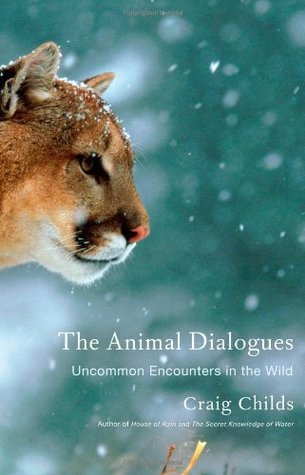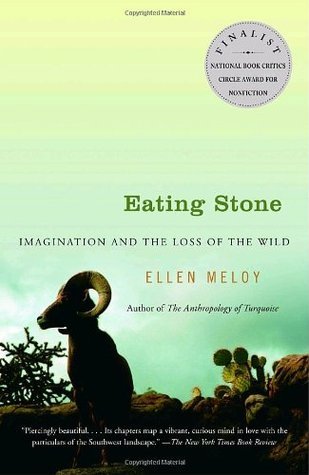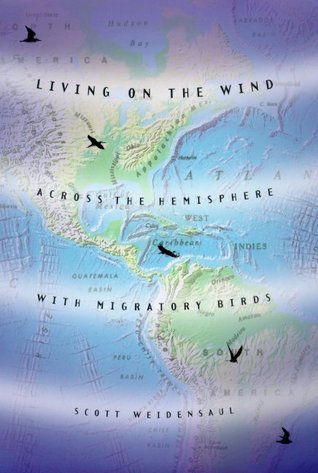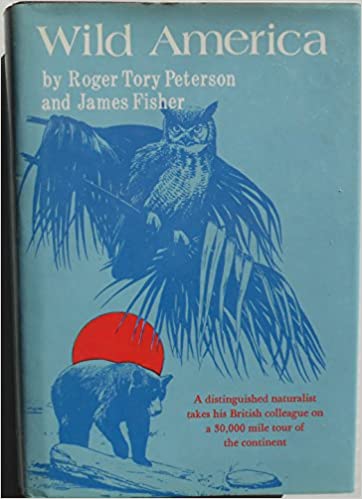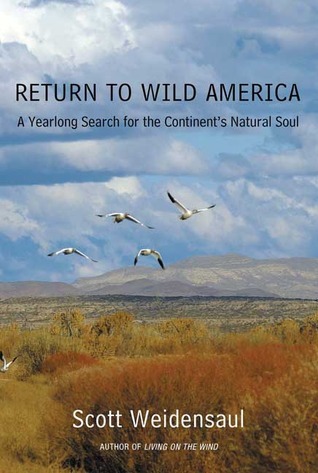
Return to Wild America: A Yearlong Search for the Continent's Natural Soul
Book Description
Beneath the sprawling skies and tangled forests lies a continent yearning to be rediscovered. Scott Weidensaul embarks on a daring quest across America, revealing the urgent need to reconnect with nature's heartbeat. Through vibrant landscapes and wildlife encounters, he delves into the fragile beauty of ecosystems on the brink. Each page pulses with revelations, illuminating the profound bond between humans and the wild. As the seasons change, a pressing question lingers: can we awaken the soul of our natural world before it fades forever?
Quick Book Summary
In "Return to Wild America," Scott Weidensaul retraces the legendary 1953 journey of Roger Tory Peterson and James Fisher around North America, exploring the continent's changing natural landscapes. Interweaving travel narrative, ecological insight, and personal reflection, Weidensaul journeys across diverse habitats—from dense forests and grasslands to rugged coastlines—seeking signs of hope and decline among wildlife and ecosystems. He encounters both resilient species and ongoing environmental threats, highlighting the complex relationship between humans and the wilderness. Through evocative descriptions and thoughtful analysis, the book urges readers to witness the beauty that remains in America's wild places, and to act collectively in preserving the fragile bonds that connect humans and nature.
Summary of Key Ideas
Table of Contents
The Legacy of Wild America and Rediscovery
Inspired by the iconic journey chronicled in "Wild America" fifty years earlier, Weidensaul embarks on his own odyssey to gauge the current health of North America's wild regions. His travels take him through varied ecosystems, from the quiet boreal forests of Canada to the sprawling grasslands of the Midwest and the teeming waters of the Gulf Coast. Along his route, Weidensaul ponders the passage of time, reflecting on what has endured and what has changed in the landscape’s flora and fauna since Peterson and Fisher's original survey.
Human Impacts and Environmental Change
A central theme is how human influence has dramatically altered the face of wild America. Weidensaul documents the encroachment of suburban sprawl, industrial development, and climate change on critical habitats. He meets local conservationists confronting these challenges, highlighting the tension between progress and preservation. Through vivid descriptions of degraded and vanishing landscapes, he illustrates the urgent need for environmental stewardship and the complex web of factors—social, economic, and political—that shape the fate of wild spaces.
Conservation Successes and Continuing Struggles
Despite the sobering evidence of ecosystem decline, Weidensaul also discovers stories of hope. He brings to light successful conservation efforts, such as the recovery of specific bird species and the resilience of restored wetlands. Encounters with determined activists and researchers demonstrate how dedicated individuals can make significant positive impacts. These moments offer reassurance that, while many ecological problems are daunting, solutions remain attainable through persistent, collective action.
Personal Encounters with Nature's Resilience
Personal engagement with nature weaves throughout the narrative, anchoring its larger ecological themes. Weidensaul shares intimate moments with wildlife, such as witnessing flocks of migratory birds or solitary encounters with rare mammals. These experiences underscore the emotional and spiritual nourishment that wild places provide and highlight the importance of firsthand connection as a catalyst for conservation values. The narrative invokes a sense of awe and reverence for nature’s complexity and capacity for renewal.
Rekindling the Human-Nature Connection
In his concluding reflections, Weidensaul urges readers not only to celebrate what remains of wild America but to reignite their relationship with the natural world. He challenges us to recognize our shared responsibility in safeguarding these landscapes for future generations, framing conservation as both an ethical imperative and a pathway to rediscovering America’s natural soul. The book ultimately advocates for a deeper, more participatory bond with nature, warning that the continent’s fragile beauty depends on our collective engagement and care.
Download This Summary
Get a free PDF of this summary instantly — no email required.

